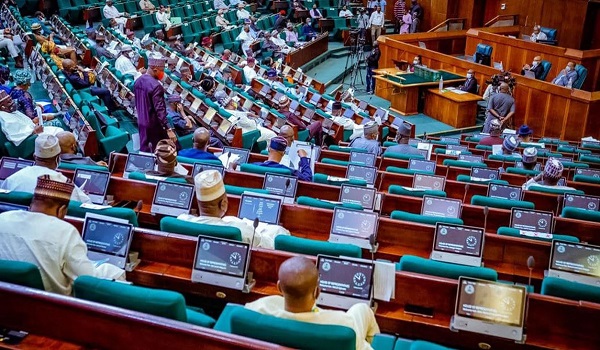The House of Representatives on Thursday, February 29, 2024, constituted a 23-member committee to examine the suggested reorganization of federal government agencies following the Stephen Oronsaye report commissioned by the government.
President Bola Tinubu had ordered the full implementation of the report which recommended streamlining government agencies, scraping some agencies, and merging those with similar mandates.
Announcing the composition of the committee at the commencement of plenary, Speaker Abbas Tajudeen said the committee is to examine the recommendations of the executive arm of government and advise the House accordingly.
The speaker said the committee to be headed by the House Leader, Prof. Julius Ihonvbare, will also advise the House on appropriate steps to be taken to accommodate those that are likely to be affected by the restructuring exercise.
They are also to recommend appropriate measures to mitigate the likely outcome and fallout of the exercise as well as possible legislation to accommodate the exercise.
Members of the committee include Kabiru Tukura, Fatima Talba, Sani Umar, Oluwole Oke, Isiaba Ibrahim Ayokunle, Candice More Chukwugozie, Ademorin Kuye, Patrick Etaba, Aliyu Abdullahi and Yusuf Miga.
The others are Abiola Makinde, Olumide Osoba, Adegboyega Adefarati, Yusuf Badau, Husseini Jallo, Patrick Umoh, Sunday Nnamchi, Igariwey Iduma, Sada Soli, Kabiru Ahmadi, Abubakar Hassan Fulata, Tolulope Akande Sadipe and Kafilat Ogbara.
However, following a motion of urgent public importance sponsored by Kama Nkemkanma (LP, Ebonyi), Olumide Osoba (APC, Ogun) and Jonathan Gaza Gbefwi (SDP, Nasarawa), the House asked the President to review the Orosanye Report and the Goni Aji Report which reviewed the Orosanye Report as well as all the White Papers released on the report in line with current realities.
The House said the government should also consider implementable alternatives that are in tune with current realities, and which at the same time would have minimum unintended consequences, impacts, implications, and outcomes.
Oronsaye Report: Reps Constitute 23-man Ad-hoc Committee To Study FG Recommendations
